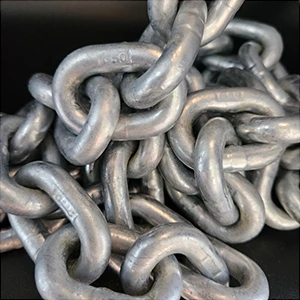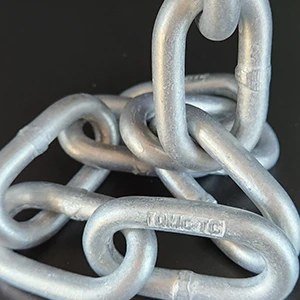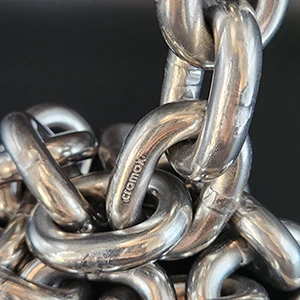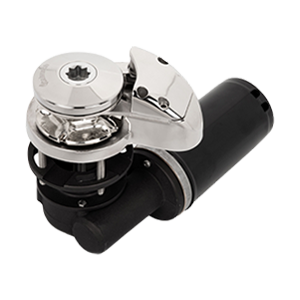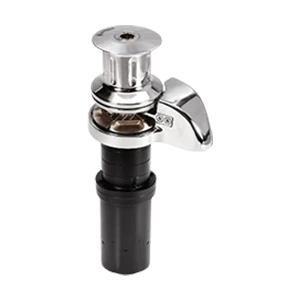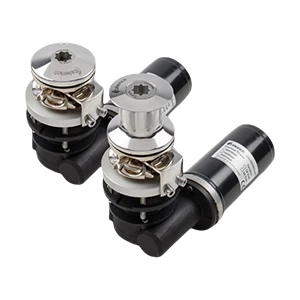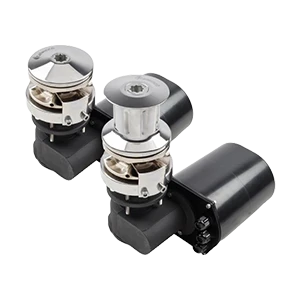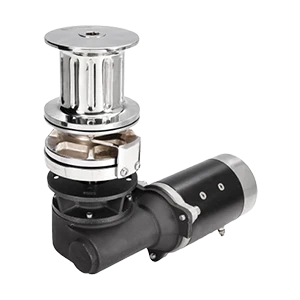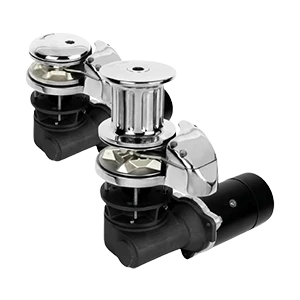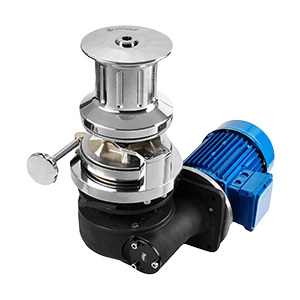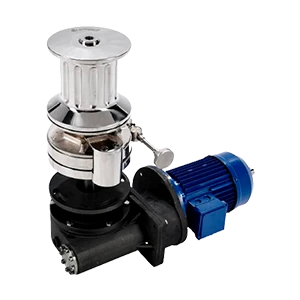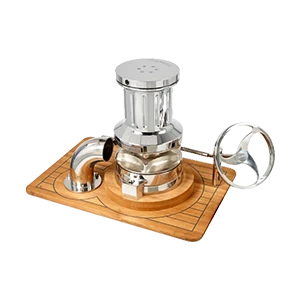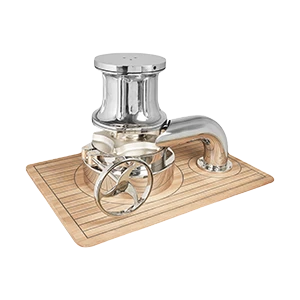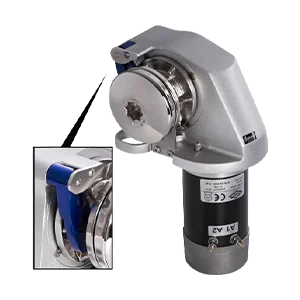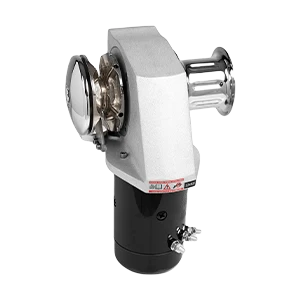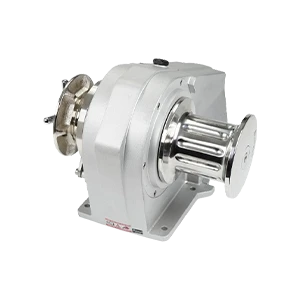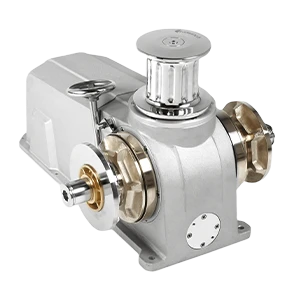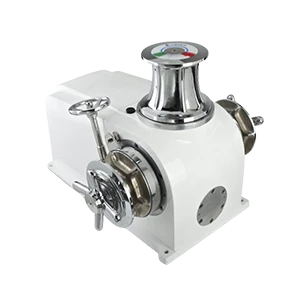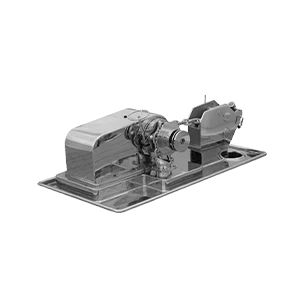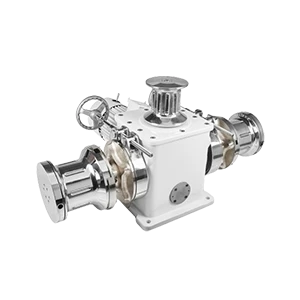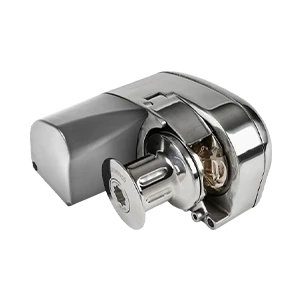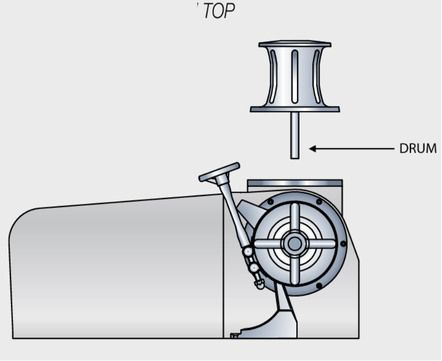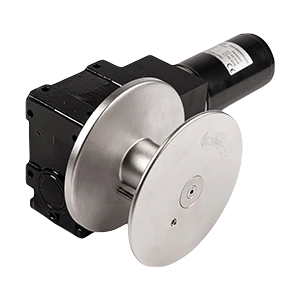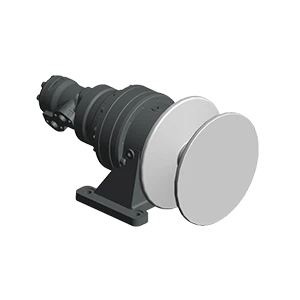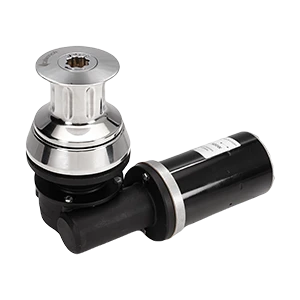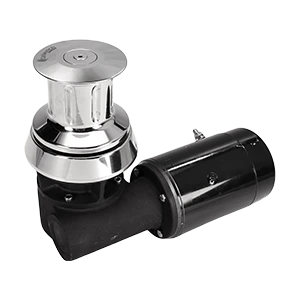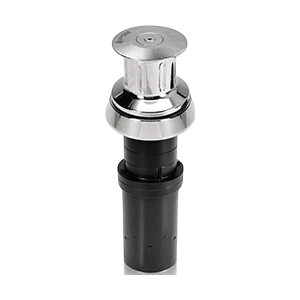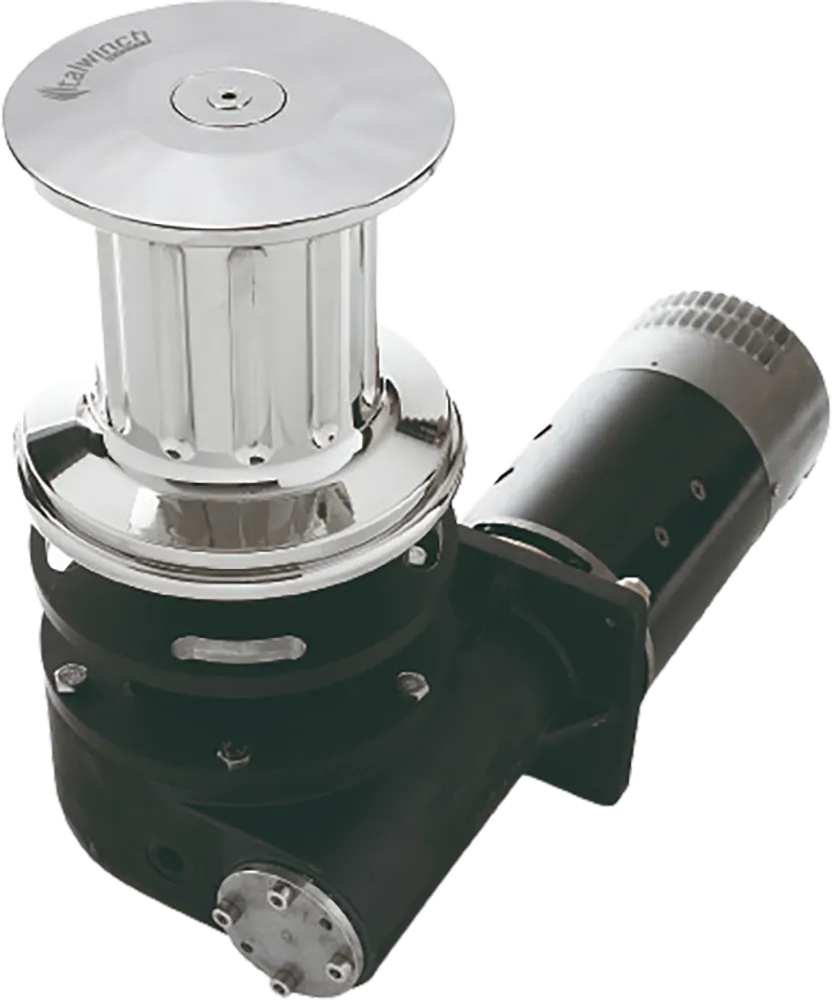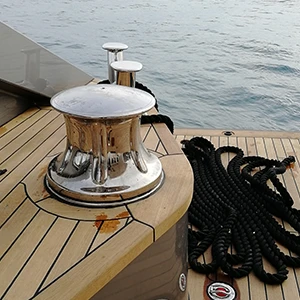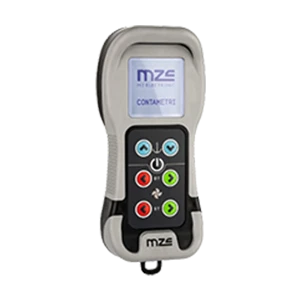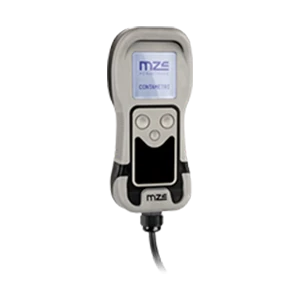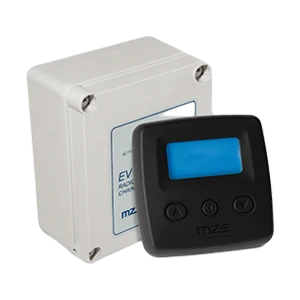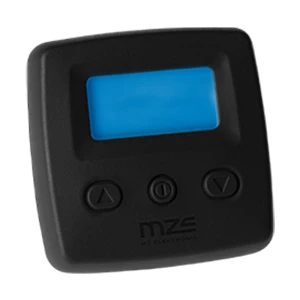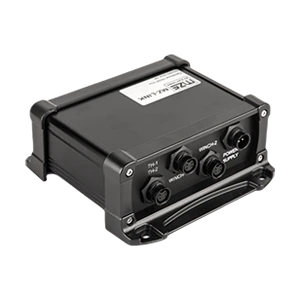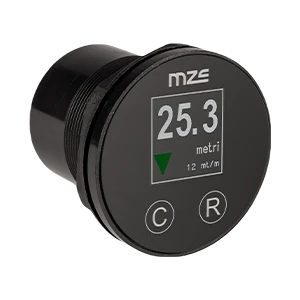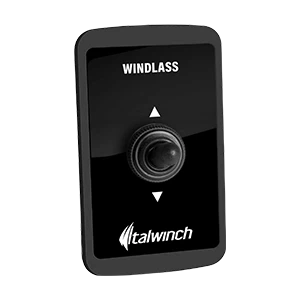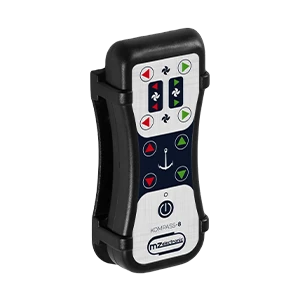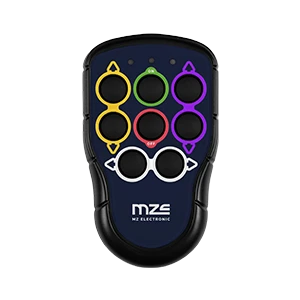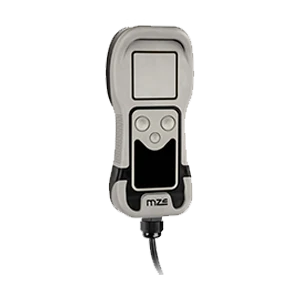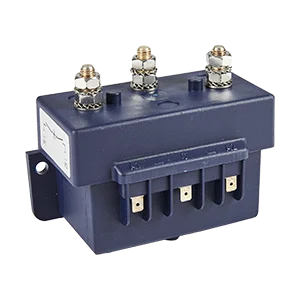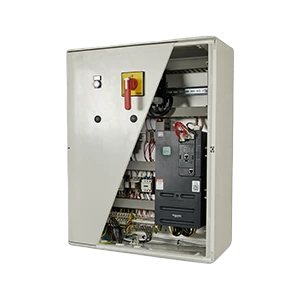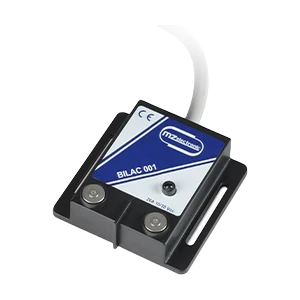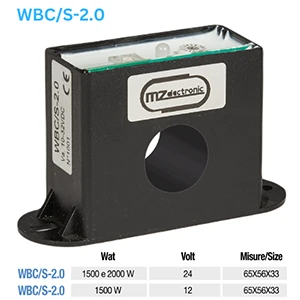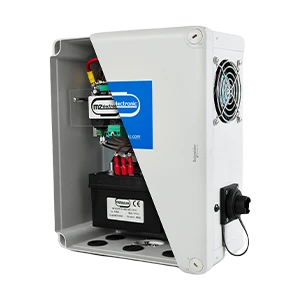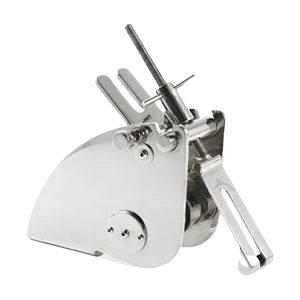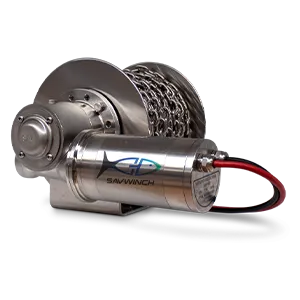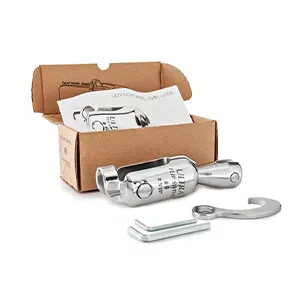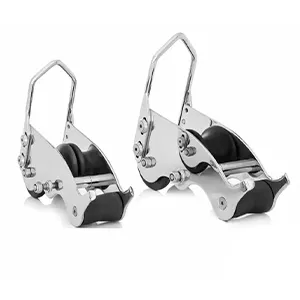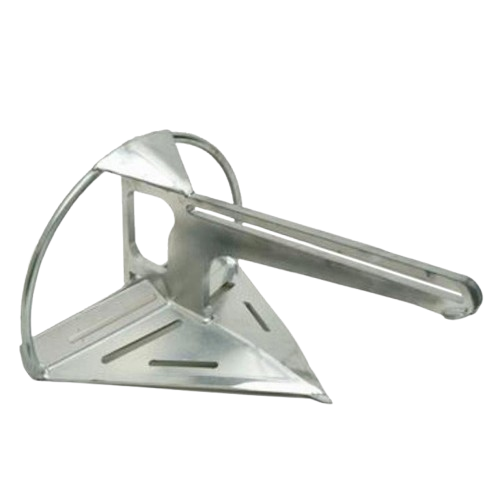Best Boat Anchoring Procedures: A Comprehensive Guide

Anchoring a boat securely is critical for safety, whether you're stopping for a quick swim, fishing, or spending the night. Proper anchoring prevents drifting, protects your vessel, and ensures peace of mind. This guide covers the best anchoring procedures, including how much anchor chain to deploy based on water depth and weather conditions, ensuring your boat anchor chain is used effectively.
Why Proper Anchoring Matters
A well-anchored boat stays put, even in changing tides, currents, or winds. Poor anchoring can lead to dragging, which risks collisions, grounding, or damage to the boat. By following best practices with your marine anchor chain, you’ll protect your vessel, crew, and the marine environment.
Essential Anchoring Equipment
Before diving into procedures, ensure you have the right gear:
Anchor Type: Choose an anchor suited for the seabed (e.g., Danforth for sand, Plow type for mud). Common types include Danforth, CQR, Ultra, Sarca, Rocna, and Manson.
Anchor Rode: Preferably an all-tested marine chain with a snubber or a combination of anchor chain and rope. The anchor chain weight adds stability, while rope or a snubber provides elasticity. Ensure both boat chain anchor components are tested.
Shackles and Swivels: Use tested galvanized or stainless steel anchor chain to connect the anchor to the rode for durability.
Windlass (optional): A mechanical device to raise and lower the anchor with chain.
Depth Sounder or Chartplotter: To measure water depth accurately for your anchor chain guide.
Step-by-Step Anchoring Procedure
Follow these steps for secure anchoring with your anchor chains:
Choose the Right Anchorage:
Select a spot with good holding ground (sand or mud is ideal; avoid rock or grass).
Check charts for hazards, depth, and tidal range.
Ensure enough swing room to avoid other boats or obstacles.
Prepare the Anchor and Rode:
Inspect the boat anchor chain, anchor, and rope for wear or damage.
Secure the rode to a cleat or windlass, ensuring it’s free of tangles.
Lower the anchor to just above the water’s surface.
Position the Boat:
Approach the anchoring spot slowly, heading into the wind or current (whichever is stronger).
Stop the boat at the desired location.
Lower the Anchor:
Gently lower the anchor to the seabed, avoiding dropping the anchor chain for boat in a pile.
Allow the boat to drift back (or reverse slowly) as you pay out the rode.
Set the Anchor:
Pay out the appropriate scope (see below for details on how much anchor chain do I need).
Once the rode is out, secure it to a cleat.
Apply gentle reverse power to dig the anchor into the seabed.
Check for dragging by observing landmarks or using GPS. If the anchor drags, reset it.
Monitor the Anchor:
Set an anchor alarm on your GPS or chartplotter to detect dragging.
Periodically check bearings to shore objects to confirm your position.
Reassess scope if weather or tide changes significantly.
Retrieving the Anchor:
Move the boat forward slowly while pulling in the marine chain.
When directly above the anchor, pull it up (use a windlass if available).
Clean the anchor and stainless anchor chain, then store securely.
How Much Anchor Chain to Put Out: Scope Guidelines
The amount of rode (anchor chain and rope) you deploy is called the scope, expressed as a ratio of rode length to water depth (including the height from the water to the bow roller). The scope depends on depth, weather, and seabed conditions. Below is an anchor chain guide with general recommendations:
Scope Ratios
Calm Conditions (light winds <10 knots, minimal waves):
5:1 scope (5 feet of rode for every 1 foot of depth).
Example: For 10 feet of water depth, deploy 50 feet of anchor chain for boat.
Moderate Conditions (winds 10-20 knots, small waves):
7:1 scope.
Example: For 10 feet of water, deploy 70 feet of boat chain anchor.
Stormy Conditions (winds >20 knots, large waves):
10:1 scope or more.
Example: For 10 feet of water, deploy 100 feet of marine anchor chain.
All-Chain Rode
If using an all-marine chain rode, you can reduce the scope slightly due to the anchor chain weight:
Calm Conditions: 4:1 scope.
Moderate Conditions: 5:1 scope.
Stormy Conditions: 7:1 scope or more.
Depth-Specific Examples
Notes:
Always account for tidal range. Add the maximum tidal height to the depth when calculating how much anchor chain do I need.
In crowded anchorages, a shorter scope (e.g., 3:1 with all-anchor chain) may be necessary, but monitor closely for dragging.
Use more scope in poor holding grounds (e.g., loose sand or grass).
Weather Considerations
Weather significantly impacts anchoring safety:
Light Winds (<10 knots): Standard scope (5:1) with stainless steel anchor chain is usually sufficient. Ensure the anchor is set properly to handle minor shifts.
Moderate Winds (10-20 knots): Increase to 7:1 scope with anchor chains. Check the anchor frequently, as gusts can dislodge it.
High Winds (>20 knots): Use 10:1 scope or more with a robust boat anchor chain. Consider a second anchor (in a V-formation) for added security.
Storms or Squalls: Deploy maximum scope with marine chain and ensure the anchor is deeply set. Stay aboard and be ready to reposition if needed.
Additional Tips for Safe Anchoring
Use a Snubber: For all-anchor chain rodes, attach a nylon snubber to absorb shock loads and reduce strain on the windlass.
Mark Your Anchor: Use a buoy to mark the anchor’s location, but ensure it won’t foul other boats.
Know the Seabed: Research the bottom type beforehand, as some anchors perform poorly in certain conditions (e.g., fluke anchors struggle in grass).
Practice in Calm Conditions: If you’re new to anchoring with galvanised anchor chain or stainless anchor chain, practice in good weather to build confidence.
Check Local Regulations: Some areas have anchoring restrictions to protect marine life or underwater cables.

